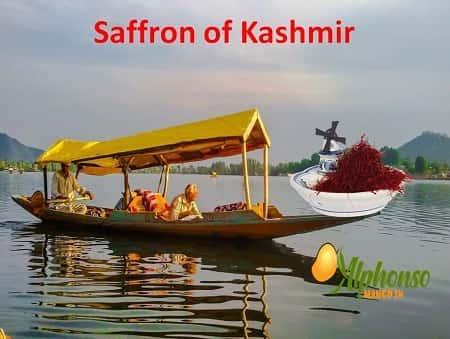
Kashmiri Saffron: World's Best Saffron
By Prashant Powle
Kashmiri Saffron: World's Best Saffron Kashmiri saffron is considered to be the best saffron in the world. It is known for its deep red colour, intense flavour, and delicate aroma....
1 gm saffron price in bangalore
1 gm saffron price in chennai
1 gm saffron price in delhi
1 gm saffron price in India
1 gm saffron price in mumbai
1 gram saffron price in bangalore
1 gram saffron price in chennai
1 gram saffron price in delhi
1 gram saffron price in india
1 gram saffron price in mumbai
1 gram saffron price in pune
1 gram spanish saffron price in chennai
1 gram spanish saffron price in india
1 kg kashmiri saffron rate
1 kg saffron price in india
1g saffron price in india
Affordable saffron
authentic Kashmiri kesar
authentic Kashmiri keshar
authentic Kashmiri saffron
authentic Kashmiri saffron from Kashmir Valley
authentic Saffron online
Bulk saffron
Buy Kashmiri saffron online
Cheap saffron
crocus
crocus sativus
Health Benefits of Saffron
Health Benefits Saffron of Kashmir
Kashmiri saffron certified
Kashmiri saffron cost
Kashmiri saffron delivery
Kashmiri saffron for cooking
Kashmiri saffron for desserts
Kashmiri saffron for sale
Kashmiri saffron for tea
Kashmiri saffron from Kashmir Valley
Kashmiri saffron gift set
Kashmiri saffron money-back guarantee
Kashmiri saffron organic
Kashmiri saffron price
Kashmiri saffron rate
Kashmiri saffron recipes
Kashmiri saffron return policy
Kashmiri saffron wholesale
local saffron filed
original kashmiri kesar
original kashmiri saffron
Original Saffron of Kashmir
Pampore a saffron town
pampore saffron
Pure Kashmiri Saffron
pure Kashmiri saffron from Kashmir Valley
Pure Saffron Kesar
retail saffron
safffron in kashmir
Saffron flowers
saffron from kashmir
saffron kashmiri
Saffron of Kashmir
Saffron on sale
Saffron price comparison
Saffron price for cooking
Saffron price for desserts
Saffron price for gifts
Saffron price for tea
Saffron price for wholesale
Saffron price in Asia
Saffron price in bangalore
Saffron price in chennai
Saffron price in delhi
Saffron price in Europe
Saffron price in India
Saffron price in mumbai
Saffron price in pune
Saffron price in the United Kingdom
Saffron price in the United States
Saffron price per five gram
Saffron price per four gram
Saffron price per gram
Saffron price per gram in India
Saffron price per kilogram
Saffron price per ounce
Saffron price per three gram
Saffron price per two gram
Saffron price pregnancy pack
Saffron price trends
sativus
Wholesale saffron
world most expensive spice
Zarda Saffron
Read more
